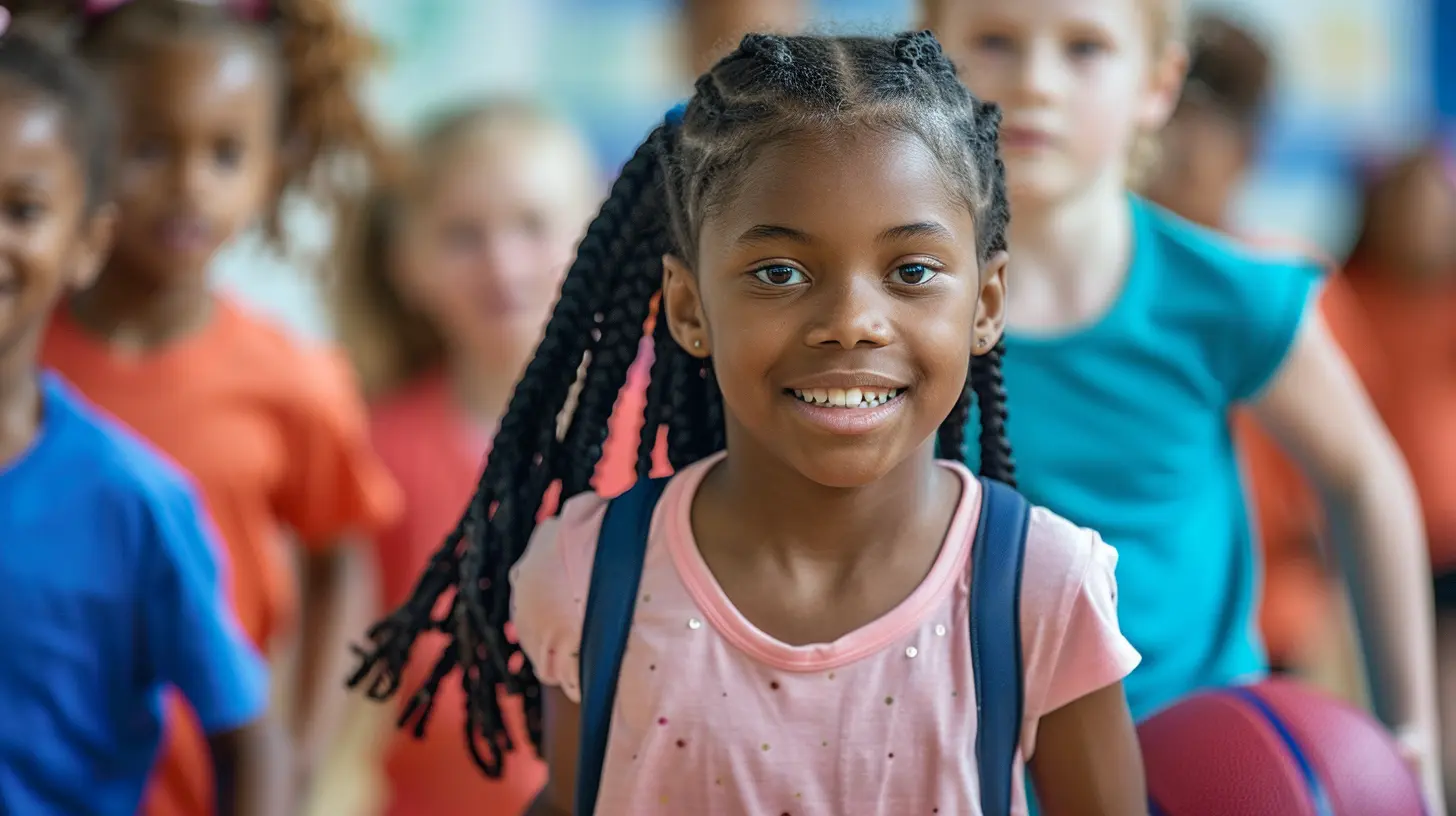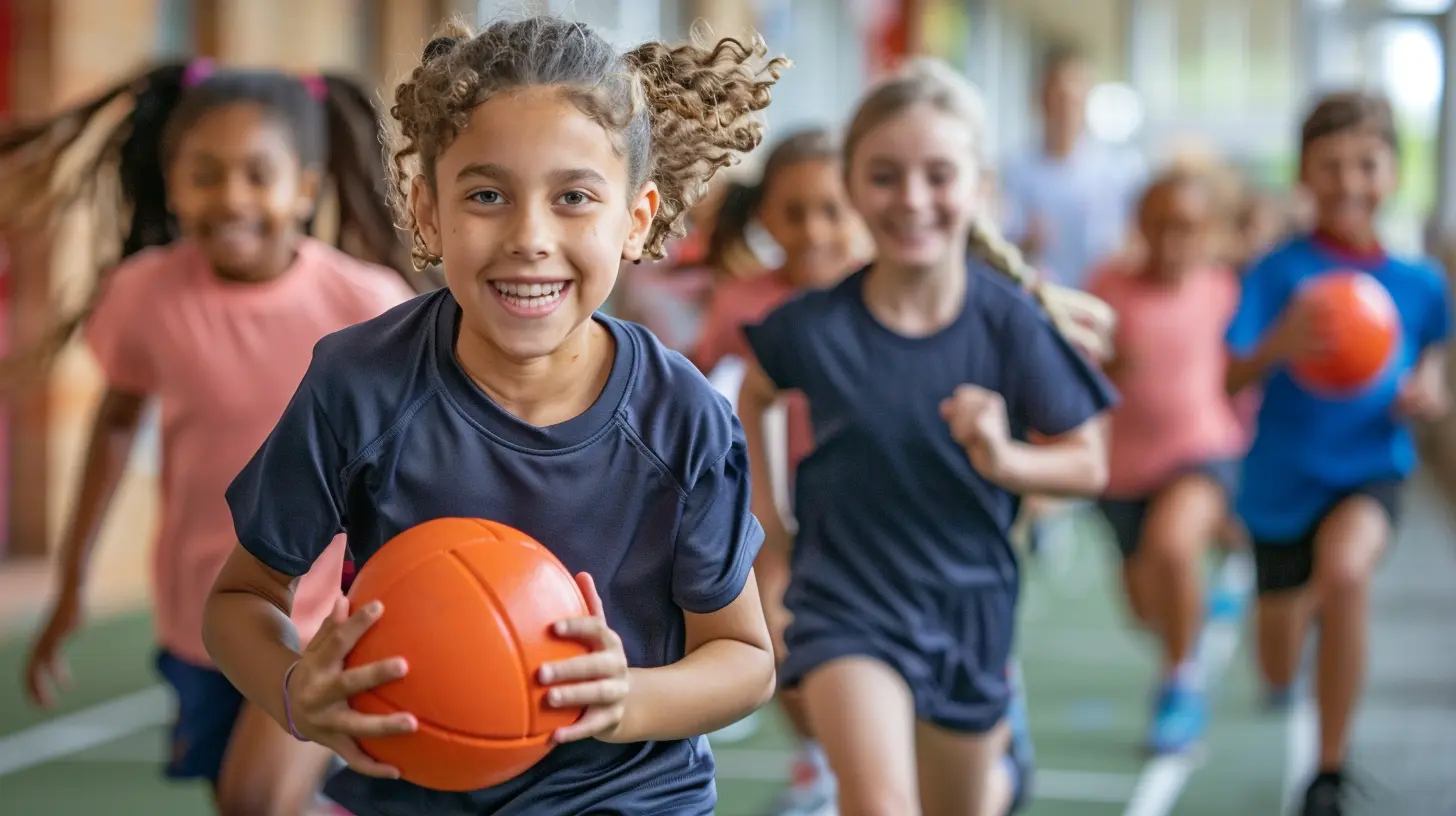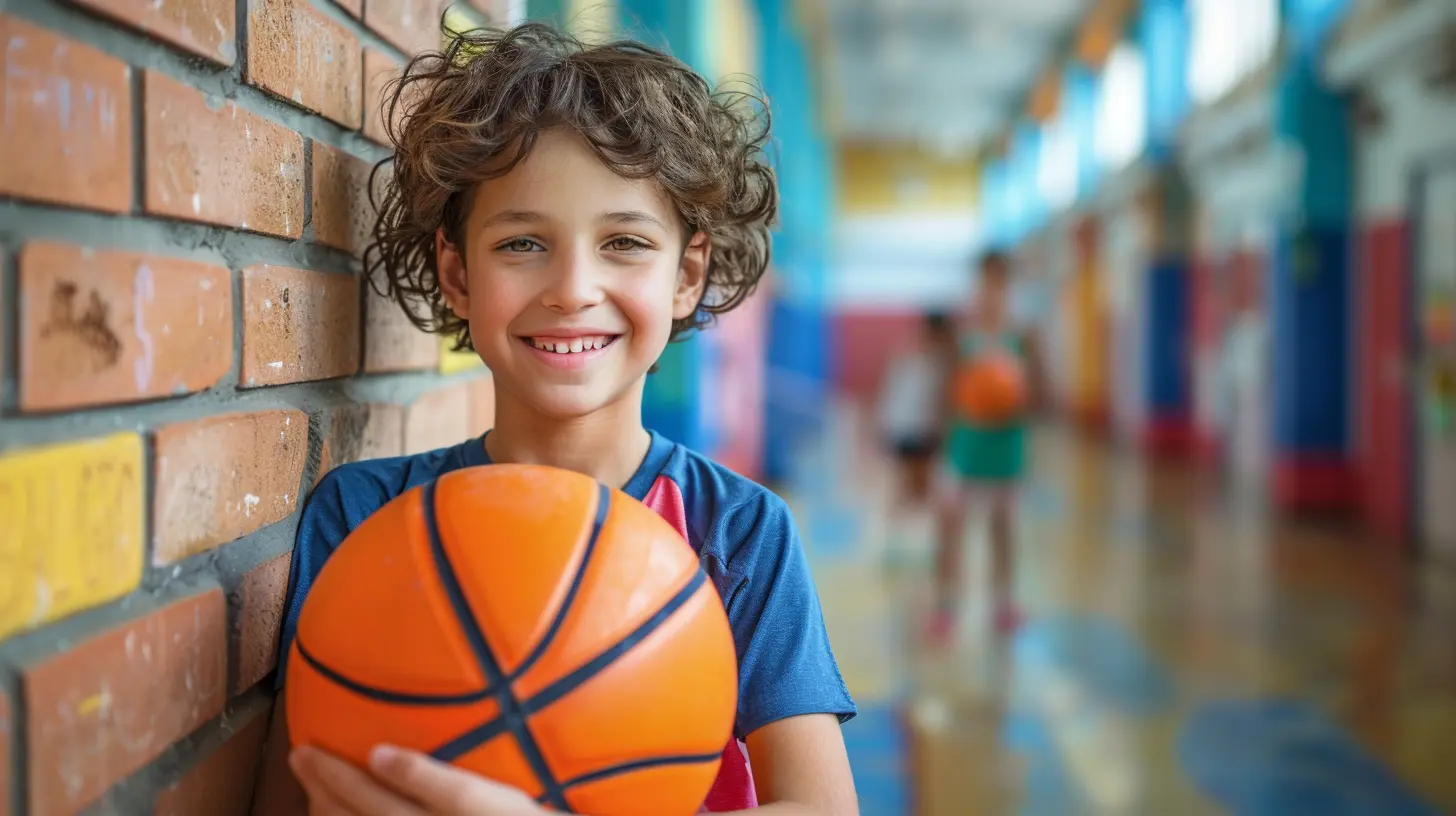The Role of PE in Enhancing Executive Function in Students
24 May 2025
When we think about Physical Education (PE), we often picture students playing soccer, basketball, or running laps around a track. But PE is so much more than just physical activity—it plays a crucial role in shaping a student’s cognitive abilities, particularly their executive function.
Executive function? Sounds fancy, right? Simply put, it’s the brain’s control center. It helps us plan, focus, remember instructions, and juggle multiple tasks successfully. And guess what? Regular physical activity can significantly boost this essential skill set in students. Let’s dive into how PE contributes to sharpening young minds.

What is Executive Function?
Before we connect the dots between PE and executive function, let’s break down what executive function actually is.Executive function is a set of cognitive processes that help individuals manage their behavior, emotions, and thoughts to achieve goals. These skills are crucial for success in school, sports, and life. It consists of three main components:
1. Working Memory – Holding and manipulating information in our minds (e.g., remembering math steps while solving a problem).
2. Cognitive Flexibility – The ability to switch between tasks or adapt to new rules (e.g., shifting strategies in a game).
3. Inhibitory Control – Self-regulation that allows us to resist distractions or impulsive actions (e.g., not blurting out answers in class).
Now, you might be wondering, what does this have to do with PE? Well, let’s connect the dots. 
The Link Between PE and Executive Function
Physical activity isn’t just about fitness; it directly affects brain function. Studies show that engaging in structured and dynamic physical activities improves students’ executive function. But how does this happen?1. Increased Blood Flow to the Brain
When students engage in physical activities, their heart pumps more oxygen-rich blood to the brain. This improves cognitive abilities, memory retention, and problem-solving skills.2. Boosts Neurotransmitters and Brain Plasticity
Exercise releases endorphins, dopamine, and serotonin—chemicals that enhance mood, reduce stress, and improve focus. It also promotes neuroplasticity, which is the brain’s ability to rewire itself and create new neural connections.3. Enhances Focus and Attention
Students who participate in regular PE classes often display better concentration levels in academic subjects. Activities like running, yoga, or even dance require kids to stay present, follow instructions, and adapt to quick changes—all of which strengthen their executive function.
How Different PE Activities Improve Executive Function
Not all exercises benefit executive function equally. Some activities demand strategic thinking, decision-making, and coordination, making them perfect for boosting cognitive skills. Here are some examples:1. Team Sports (Basketball, Soccer, Volleyball)
- Require strategic planning and quick decision-making.- Enhance working memory as players recall plays and positions.
- Improve impulse control by teaching students when to act and when to wait.
2. Martial Arts & Yoga
- Emphasize self-discipline and concentration.- Improve inhibitory control through controlled movements.
- Promote mindfulness, which helps with emotional regulation.
3. Obstacle Courses & Agility Drills
- Require cognitive flexibility as students adjust their movements on the spot.- Improve problem-solving skills by encouraging quick thinking.
- Enhance spatial awareness and coordination.
4. Dance & Aerobic Exercises
- Strengthen memory retention as students memorize choreographies.- Improve focus and rhythm, enhancing brain-body coordination.
- Encourage creative thinking through self-expression in movement.
Each of these activities challenges the brain in unique ways, reinforcing executive function skills crucial for academic and real-world success. 
The Academic Benefits of Strong Executive Function
Now that we understand how PE shapes executive function, let’s connect it to academic performance. Schools that prioritize structured PE programs see noticeable improvements in students’ learning abilities.1. Better Problem-Solving and Decision-Making
Students with well-developed executive function can approach problems logically, make better decisions in stressful situations, and think critically—skills that are fundamental in subjects like math and science.2. Improved Reading and Writing Skills
A strong working memory helps children process information efficiently, which significantly enhances reading comprehension and writing skills.3. Enhanced Time Management and Organization
With improved cognitive flexibility, students can shift between subjects more effectively, manage their homework efficiently, and handle multiple responsibilities without feeling overwhelmed.4. Stronger Social Skills and Emotional Control
PE not only teaches teamwork but also helps students regulate emotions, manage frustration, and develop patience—all of which contribute to better interpersonal relationships.These benefits clearly prove that physical activity should never be sidelined in favor of academics. In many ways, PE is just as essential as math or science!
Practical Tips for Schools to Boost Executive Function Through PE
So, how can schools ensure their PE programs maximize cognitive benefits? Here are a few strategies:1. Incorporate Variety
A mix of team sports, individual exercises, and mind-body activities (like yoga or martial arts) ensures students develop a range of cognitive and physical skills.2. Encourage Strategic Thinking in Sports
Instead of just playing for fun, incorporate drills that require collaboration, strategic planning, and decision-making.3. Add Short Movement Breaks in Classrooms
Even outside of PE, quick physical activities (like stretching or jumping jacks) between lessons can re-energize students and improve focus.4. Promote Mindfulness & Relaxation Techniques
Activities like deep breathing exercises and meditation can complement physical training, helping students strengthen their self-regulation skills.5. Ensure Inclusivity in PE
Not all students thrive in competitive sports. Schools should offer a variety of options so every student finds an activity they enjoy while still boosting their executive function.Conclusion
PE is not just about keeping kids active; it’s about sharpening their minds. By engaging in structured, purposeful physical activity, students enhance their executive function skills, leading to better academic performance, improved social interactions, and greater emotional control.If we truly want to prepare students for future success, it’s time we recognize PE as a powerful tool for brain development—not just an excuse to burn off energy. So, next time you see kids running around on the field, remember: they’re not just playing—they’re training their brains for life.
all images in this post were generated using AI tools
Category:
Physical EducationAuthor:

Olivia Lewis
Discussion
rate this article
3 comments
Maribel McNab
This article beautifully highlights how PE not only fosters physical health but also nurtures essential cognitive skills, supporting students' overall growth and development.
June 3, 2025 at 2:33 AM

Olivia Lewis
Thank you! I'm glad you found the article valuable in showcasing the impact of PE on both physical health and cognitive development.
Fallon Benton
Physical education is a vital catalyst for boosting executive function in students, empowering them to excel academically, socially, and in life!
May 27, 2025 at 4:57 AM

Olivia Lewis
Thank you! I completely agree—physical education plays a crucial role in developing key executive function skills that positively impact various aspects of students' lives.
Maverick McNab
This article effectively highlights the pivotal role physical education plays in boosting executive function among students. By integrating physical activity into the curriculum, educators can foster essential skills like focus, self-regulation, and problem-solving, ultimately enhancing overall academic performance.
May 24, 2025 at 5:00 AM

Olivia Lewis
Thank you for your insightful comment! I'm glad you found the article highlights the crucial impact of physical education on executive function and academic performance.



